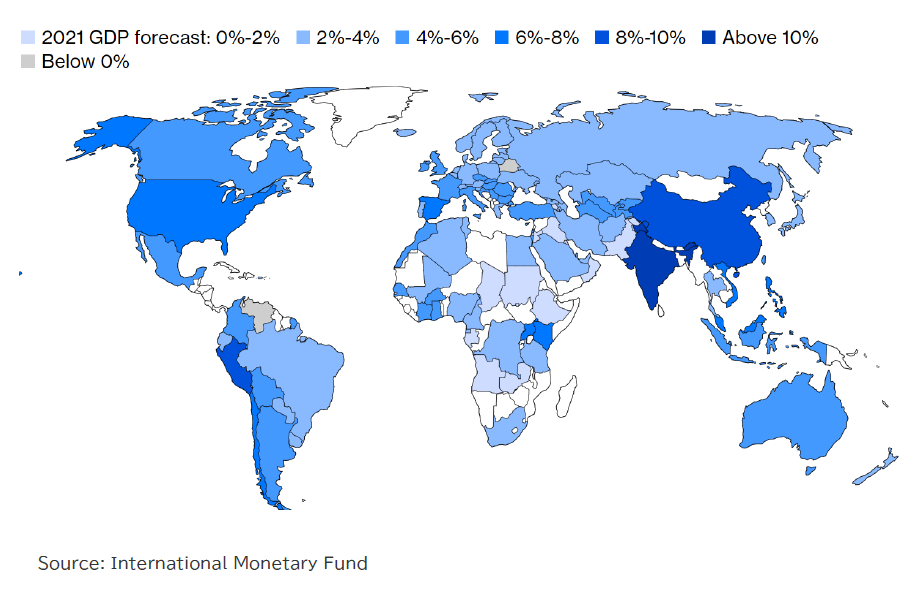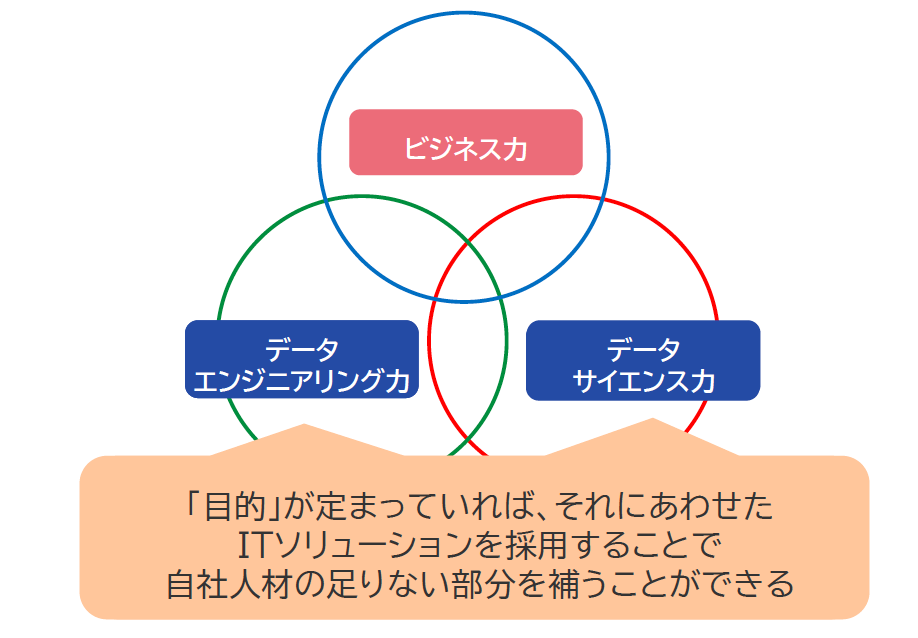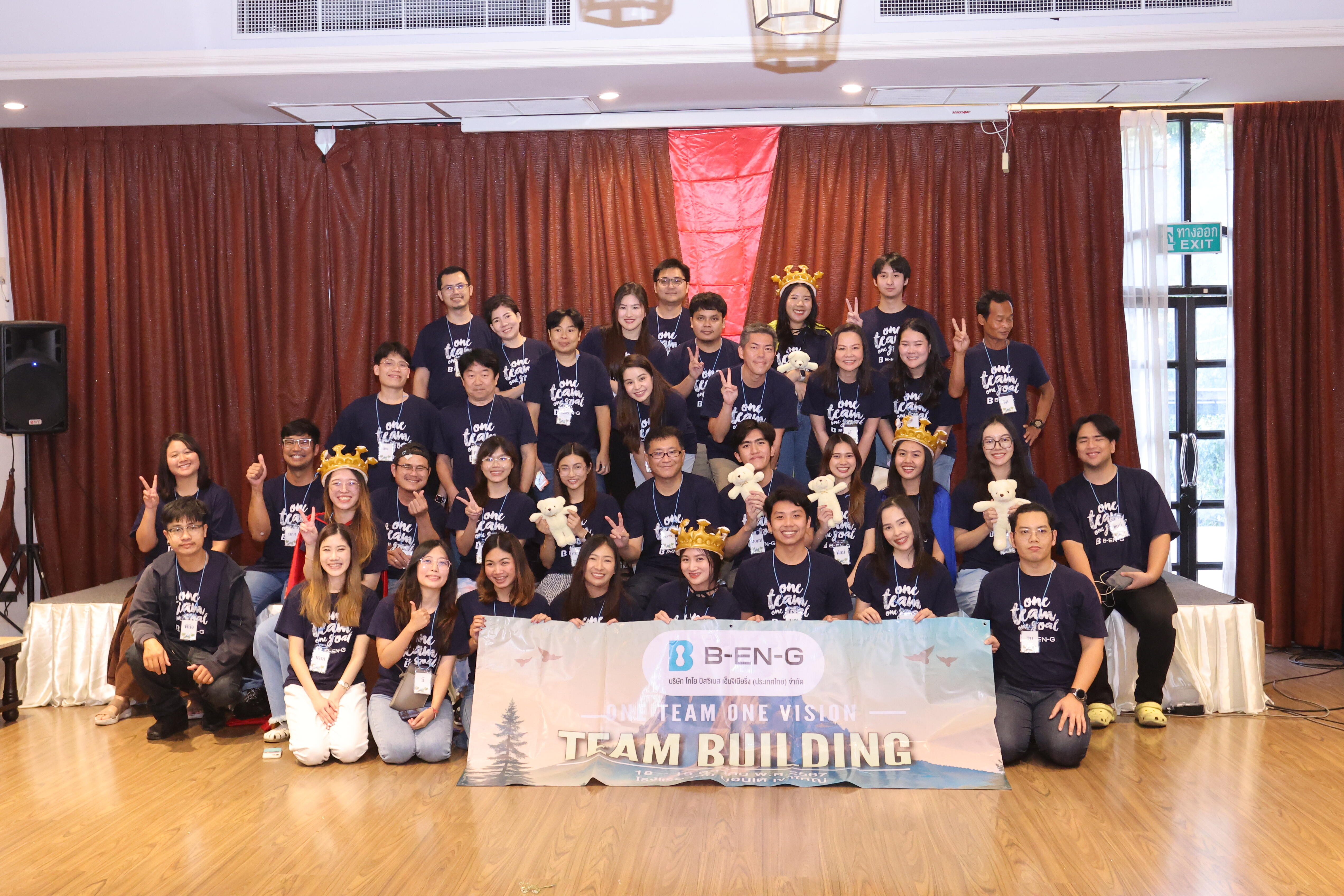"When you think of people who are familiar with digital transformation (DX), many people imagine experts working for IT vendors, but that's not actually the case." So says Hiroshi Tateoka, president of B-EN-G America, which is focusing on selling IoT solutions for the manufacturing industry in the United States. What does that mean? In the United States, where recovery from the COVID-19 pandemic is progressing rapidly, we will explain how to proceed with DX on the manufacturing floor and the type of people that Japanese manufacturers should prepare for.
*This article is based on the content of a seminar for Japanese manufacturers living in the United States held in April 2021 by Smith Gambrell & Russell LLP and B-EN-G America.
The new normal will continue even after COVID-19
The US economy is showing a remarkable recovery from the COVID-19 pandemic. The widespread vaccination and expectations of large-scale fiscal spending by the Biden administration have boosted personal consumption, and real GDP has almost returned to pre-COVID-19 crisis levels. With a boost from the "Buy American" policy that favors domestic products, US manufacturing is expected to achieve unprecedented high operating rates.
The IMF's World Economic Outlook published in April projected U.S. growth of 6.4% in 2021.
This is the highest growth rate in 37 years since 1984.
On the other hand, there are many factors of uncertainty. The US supply chain remains unstable due to the severe cold wave in Texas and the grounding accident in the Suez Canal. The cost of raw materials such as steel is rising, and the supply of workers is not keeping up with the increase in factory operating rates, so labor costs are also rising.
Sudden changes in the business environment like the COVID-19 pandemic are quite likely in the future. It is clear that we can never go back to the pre-COVID era. In response to the COVID-19 pandemic, the US manufacturing industry, like Japan, has made progress in some areas of digitalization, such as remote work. Survey results show that many US manufacturers will continue to prioritize digitalization investments in response to an era of continuing change, and whether they can continue to make progress will be the key to corporate growth.
Where are the DX talent?
However, advancing digital transformation in manufacturing is no easy task. In the United States in particular, digital transformation is more focused on work instructions and automation, and little effort has been put into utilizing data.
What kind of talent is needed in the digital transformation era? (Photo is for illustrative purposes only)
What should I do?
The world's largest manufacturing event, Hannover Messe, held in April, featured many speeches by manufacturing specialists, but the speech by Bill McDermott, former CEO of SAP, was particularly memorable.
When asked if there was any silver lining to the pandemic, he replied, "It's all about people."
"Industry 4.0" (the Fourth Industrial Revolution), which aims to digitize manufacturing, has become a global trend, but what is less known is that it is actually a people-centric concept.
Since the 18th century, the Industrial Revolution has shifted people to high-value-added work that only humans can do, greatly improving their productivity. In the Fourth Industrial Revolution, which began around 2010, the role of people is to analyze big data collected by IoT, create logic for making decisions, and utilize it. This is where "DX talent" comes in.
There are three main skills required for DX talent. The first is "data engineering skills" to collect and process the necessary data using IoT devices. The second is "data science skills" to analyze data using statistical and mathematical knowledge. The last skill that tends to be overlooked is "business skills" to utilize data in actual business situations and reflect it in decision-making.
It is often said that there is a shortage of DX talent, and this is no surprise. There are almost no talents who have all three of these skills. The reality is that there are few people at manufacturing sites who are skilled in data analysis, and few people at external IT vendors who understand the business of their client companies.
In other words, going back to what I said at the beginning, many people have the image of DX talent as experts working for an IT vendor, but that is not the case; what is important is someone who has knowledge of their own company's business and operations.
In the United States, job hopping, or changing jobs frequently, is common, but no matter what company you work for, many of the core members have been with the company for a long time, and these people are the ones who are DX talent, or young people who are likely to work for the company for a long time in the future, and they are potential DX talent.
How to supplement the skills required for DX talent
Making good use of commercially available IT solutions will also be a shortcut to DX. As mentioned earlier, there are almost no people who have all three skills, but if you use a purpose-defined, already-packaged IT solution, you can make up for the data engineering and data science skills that manufacturing site personnel lack.
Three skills required for DX talent
DX is a new initiative. It is important not to try to handle everything all at once, but to start small and let the people in charge gain experience and have successful experiences. DX talent will be a valuable asset for the next generation, so the key to success will be whether or not you can provide long-term training.
So far, we have discussed the importance of Japanese manufacturers cultivating digital transformation talent in the post-COVID-19 US. However, in the US, where people change jobs frequently, there are endless cases of the hard-earned talent that is lost. How can we keep talented employees working for us for a long time? Inoko Akiyo, an attorney at Smith Gambrell & Russell LLP who specializes in labor management, introduces some ideas for retaining US talent.
*This is an excerpt from a seminar for Japanese manufacturing companies living in the United States held in April 2021 by the law firm and B-EN-G America.
Retention through employee benefits
When Japanese companies try to retain American talent, there is one thing they must keep in mind first. The salaries are lower than those of American companies. Why are they lower?
First, wages in Japan are relatively low compared to the United States, and Japanese headquarters are often reluctant to raise wages for employees working in the United States.
In particular, in the manufacturing industry, there are cases where companies have to accept the prices requested by customers they do business with in Japan, and it is often very difficult to negotiate higher product prices. This is also influenced by the need to keep labor costs as low as possible in order to make a profit.
In the United States, where there is high labor mobility, retention measures are important (photo is for illustrative purposes only)
I understand that this is the case, but in the case of manufacturing, if there is a company that offers a higher hourly wage, even if it is just $1, employees will change jobs without hesitation. It is essential to regularly check the wage rates of nearby manufacturing companies.
With wages facing limitations, an increasing number of companies are trying to retain talented employees by offering generous employee benefits such as health insurance, company-sponsored 401k plans, and disability insurance.
Increased satisfaction with the introduction of three-day weekends
So, is there any room for improvement other than salary and benefits?
For example, the company can support employees in taking various university courses and obtaining qualifications at their own expense. Many employees, especially those with only high school diplomas, want to obtain a university degree part-time in order to advance their careers, so this often results in retention.
There have also been cases where the introduction of three-day weekends twice a month has led to a drop in turnover rates. At a company located in the suburbs about an hour from Atlanta, many engineers had spent their college and graduate school years in the big city of Atlanta, and there had been a steady stream of them changing jobs after improving their skills in order to return to the city. However, after the introduction of the three-day weekend, the number of employees combining their paid vacation with travel increased, and satisfaction with the company apparently increased.
Some companies have started moving work shifts forward so that they can start at 6 a.m. Although it means starting work earlier, it means employees can finish work at 2 p.m., which apparently has led to an increase in employees working longer hours, as it is a relief to be home when their young children arrive home on the school bus.
Measures to raise employee motivation are also effective. This is unthinkable in Japan, but in the American manufacturing industry, which employs many employees, there are many employees who are repeatedly late or who are always on their cell phones, and I often hear that it is very difficult to find employees who will work hard.
To deal with this, some companies have introduced a demerit system, where for example, one lateness counts as one point, and once you reach ten points, you are fired.
However, while the demerit system can eliminate non-considerate employees, it does not convey a positive evaluation to conscientious employees who are never late or absent. Therefore, some companies have introduced a system to show gratitude to employees who come to work every day by awarding them with gift cards, etc. (Gift cards linked to such work attitudes are often counted as salary, so please check with your accountant or tax accountant for details.) It does not have to be an award for perfect attendance for a year, but it can be for a month or several months. Also, by posting a list of employees who have perfect attendance on the bulletin board along with the gift cards, employees will feel glad that they worked hard.
Smith, Gambrell and Russell, LLP website
(Edited by Kyodo News Digital)








